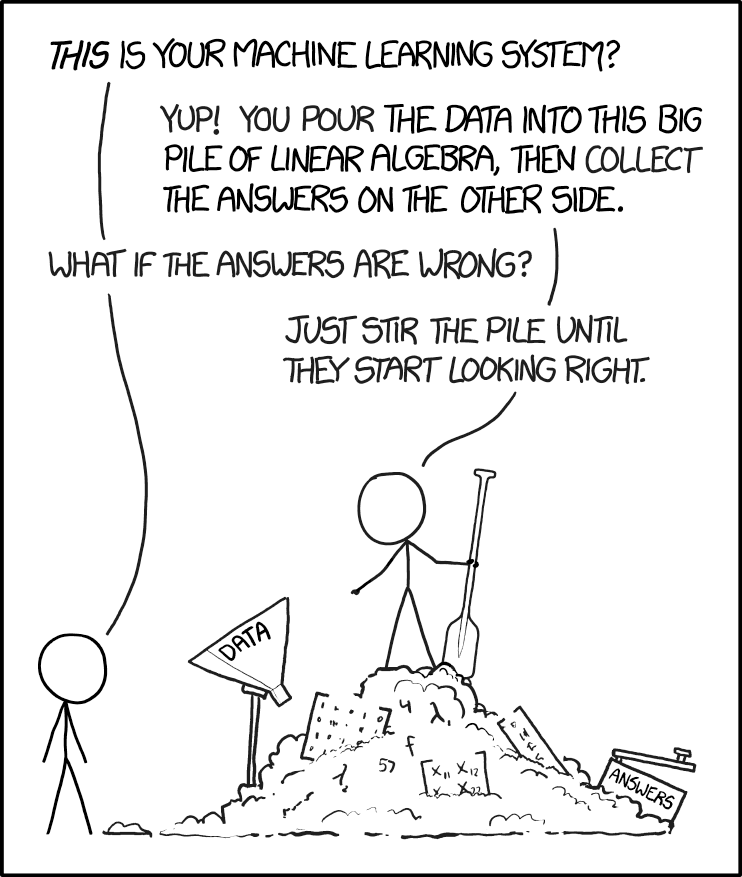The purpose of a dashboard is to give you a live view of what is happening with the system. Take for example the instrument it is named after – the car dashboard. It tells you at the moment what the speed of the car is, along with other indicators such as which lights are on, the engine temperature, fuel levels, etc.
Not all reports, however, need to be dashboards. Some reports can be periodicals. These periodicals don’t tell you what’s happening at a moment, but give you a view of what happened in or at the end of a certain period. Think, for example, of classic periodicals such as newspapers or magazines, in contrast to online newspapers or magazines.
Periodicals tell you the state of a system at a certain point in time, and also give information of what happened to the system in the preceding time. So the financial daily, for example, tells you what the stock market closed at the previous day, and how the market had moved in the preceding day, month, year, etc.
Doing away with metaphors, business reporting can be classified into periodicals and dashboards. And they work exactly like their metaphorical counterparts. Periodical reports are produced periodically and tell you what happened in a certain period or point of time in the past. A good example are company financials – they produce an income statement and balance sheet to respectively describe what happened in a period and at a point in time for the company.
Once a periodical is produced, it is frozen in time for posterity. Another edition will be produced at the end of the next period, but it is a new edition. It adds to the earlier periodical rather than replacing it. Periodicals thus have historical value and because they are preserved they need to be designed more carefully.
Dashboards on the other hand are fleeting, and not usually preserved for posterity. They are on the other hand overwritten. So whether all systems are up this minute doesn’t matter a minute later if you haven’t reacted to the report this minute, and thus ceases to be of importance the next minute (of course there might be some aspects that might be important at the later date, and they will be captured in the next periodical).
When we are designing business reports and other “business intelligence systems” we need to be cognisant of whether we are producing a dashboard or a periodical. The fashion nowadays is to produce everything as a dashboard, perhaps because there are popular dashboarding tools available.
However, dashboards are expensive. For one, they need a constant connection to be maintained to the “system” (database or data warehouse or data lake or whatever other storage unit in the business report sense). Also, by definition they are not stored, and if you need to store then you have to decide upon a frequency of storage which makes it a periodical anyway.
So companies can save significantly on resources (compute and storage) by switching from dashboards (which everyone seems to think in terms of) to periodicals. The key here is to get the frequency of the periodical right – too frequent and people will get bugged. Not frequent enough, and people will get bugged again due to lack of information. Given the tools and technologies at hand, we can even make reports “on demand” (for stuff not used by too many people).


